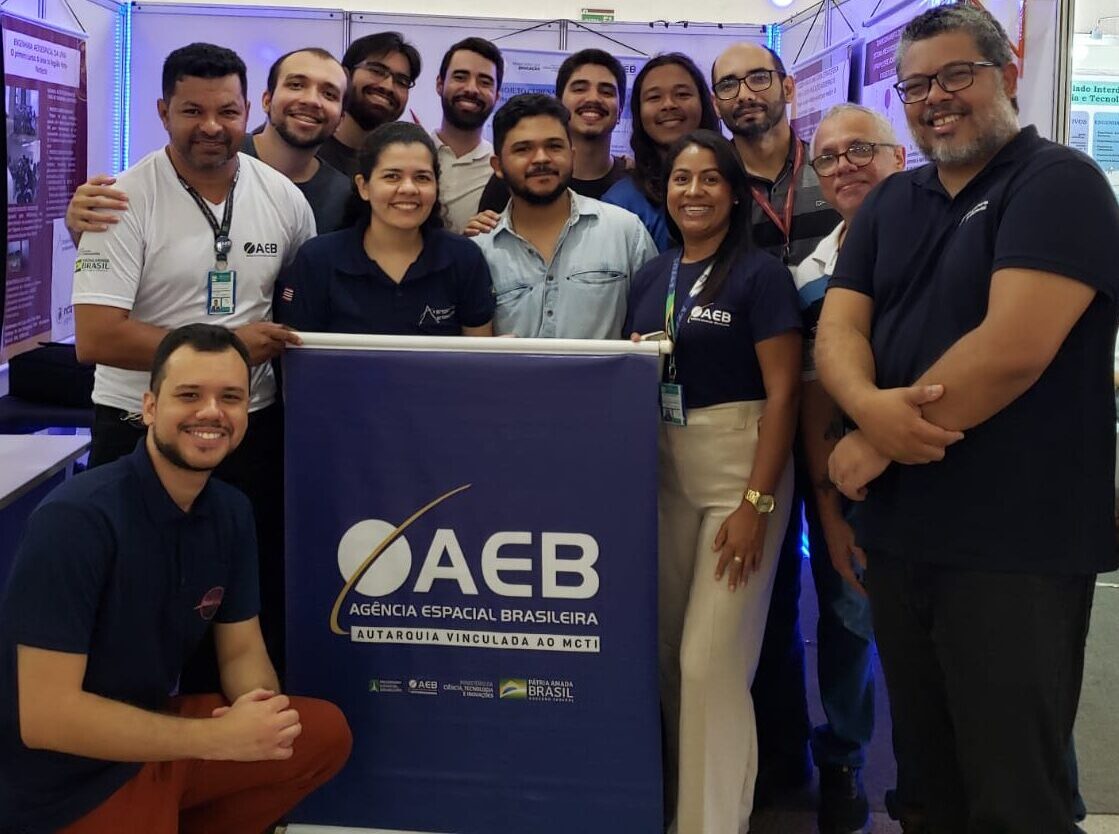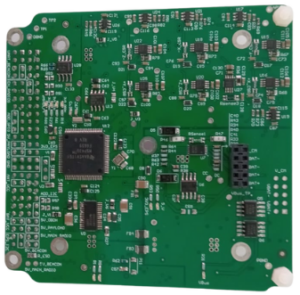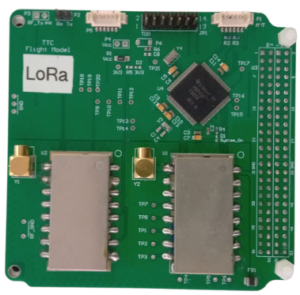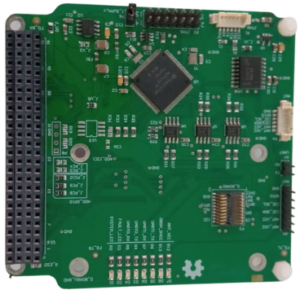The Aldebaran initiative, which currently has a project with a mission to develop and launch a 1U CubeSat (10×10×10 cm), began with a training proposal for students of the aerospace engineering course at UFMA (Aldebaran 0) and evolved into an opportunity to solve real problems present in the Maranhão community, such as the disappearance of small vessels in the municipality of Raposa-MA that will be the focus of the mission, correlating the theoretical knowledge of the classroom with the practice of construction and development, leaving room for expansion of the scope to other states and even other countries.
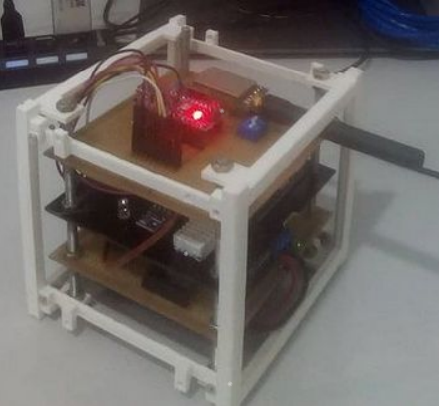
Aldebaran 0
The big star of this initiative is the Aldebaran 1 mission, a mission that is developing a 1U CubeSat divided into three main modules: the EPS module (Electric Power System), the TT&C module (Telemetry, Tracking, and Control), and the OBDH module (On-Board Data Handling). Its development is being done by the professors and students of the Laboratory of Electronics and Embedded Space Systems (LABESEE) located at the Federal University of Maranhão (UFMA) with a launch scheduled for October 2023.
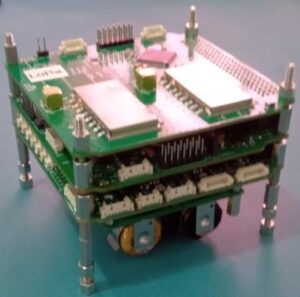
Aldebaran 1
ALDEBARAN 1
![]()
MISSION OBJECTIVES
Primary
-
Concept test to help rescue small vessels in the municipality of Raposa-MA through the nanosatellite and low-cost locators that communicate with it.
Secondary
-
Validation of LoRa communication technology in space.
-
Contribute to the Aerospace culture in the academic environment of UFMA and at the regional level.
-
To train professors and undergraduate and graduate students in Aerospace Engineering at UFMA in the development of nanosatellites.
-
Establish a tracking station to transmit/receive satellite signals.
![]()
MODULES
EPS (Electric Power System) is the module responsible for managing the energy of the nanosatellite obtained through the conversion of incident solar energy in the six solar panels coupled around the CubeSat structure.
TT&C (Telemetry, Tracking, and Control) is the module responsible for the communication between the nanosatellite and the ground stations, thus having two radio sub-modules, one being the LoRa radio and the other the RF4463F30 radio.
OBDH (On-Board Data Handling) is the on-board computer of the nanosatellite, it is responsible for managing the tasks and decision-making, managing the data used in communications between the nanosatellite modules.
PARTNERS





